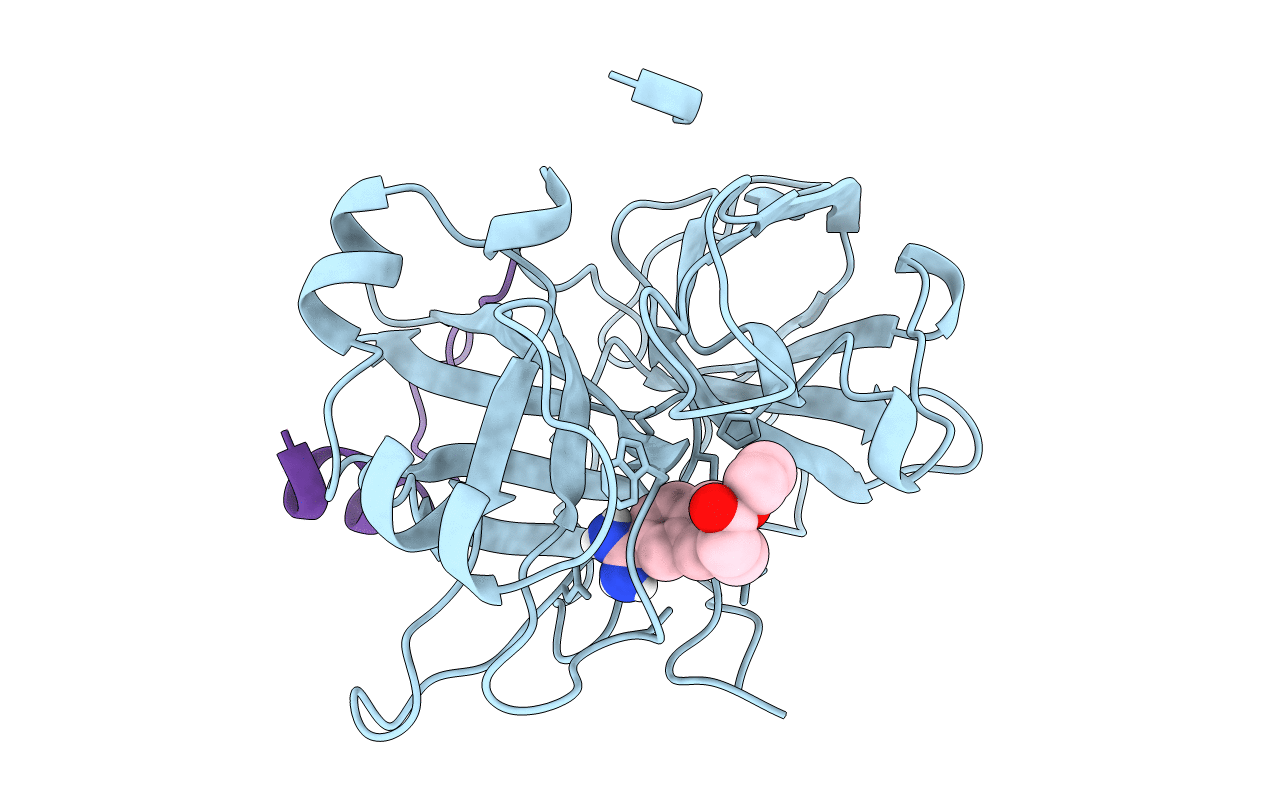
Deposition Date
1996-10-16
Release Date
1997-11-19
Last Version Date
2024-11-20
Method Details:
Experimental Method:
Resolution:
2.80 Å
R-Value Work:
0.22
R-Value Observed:
0.22
Space Group:
P 42 21 2


